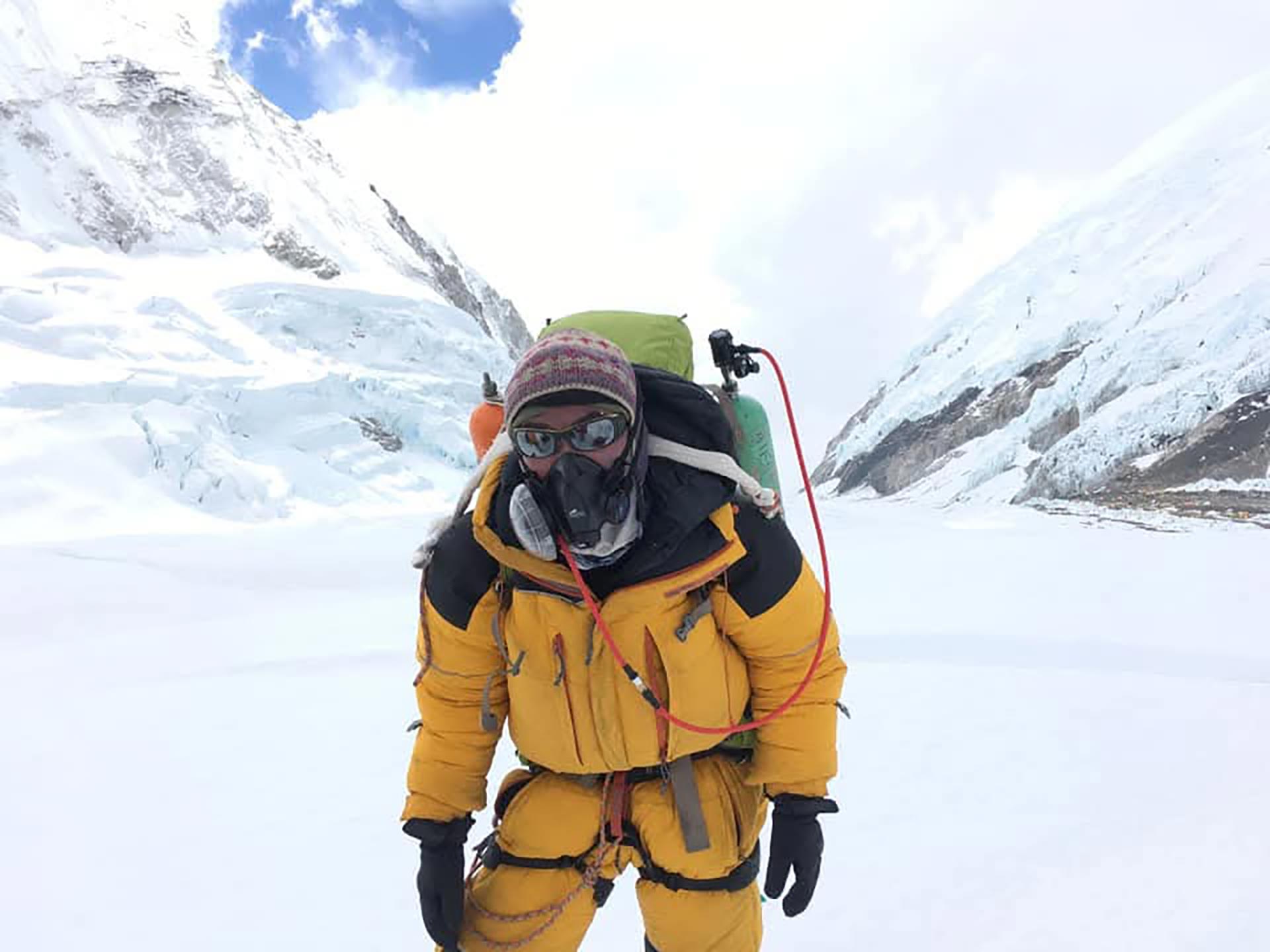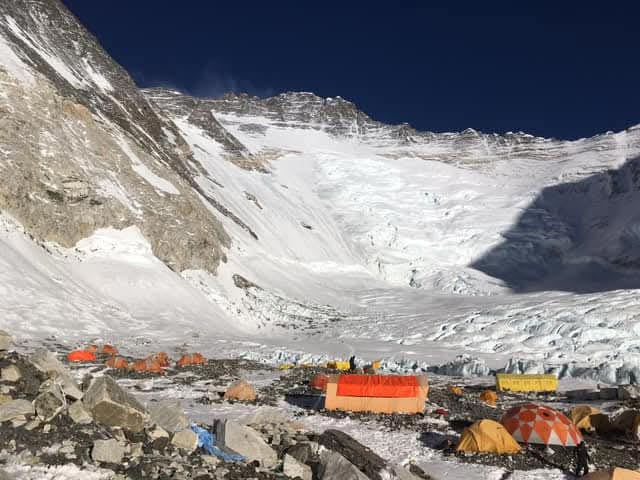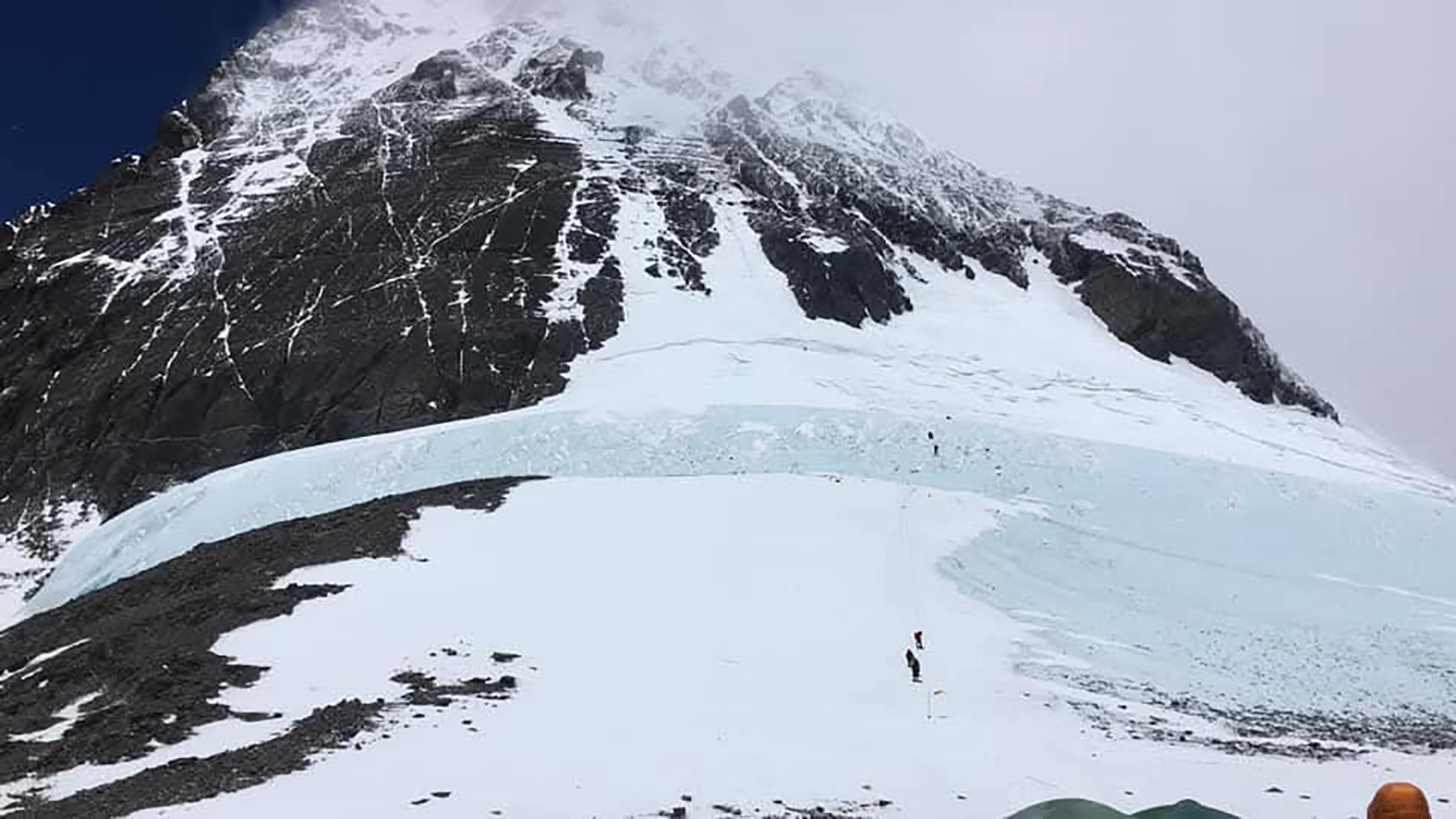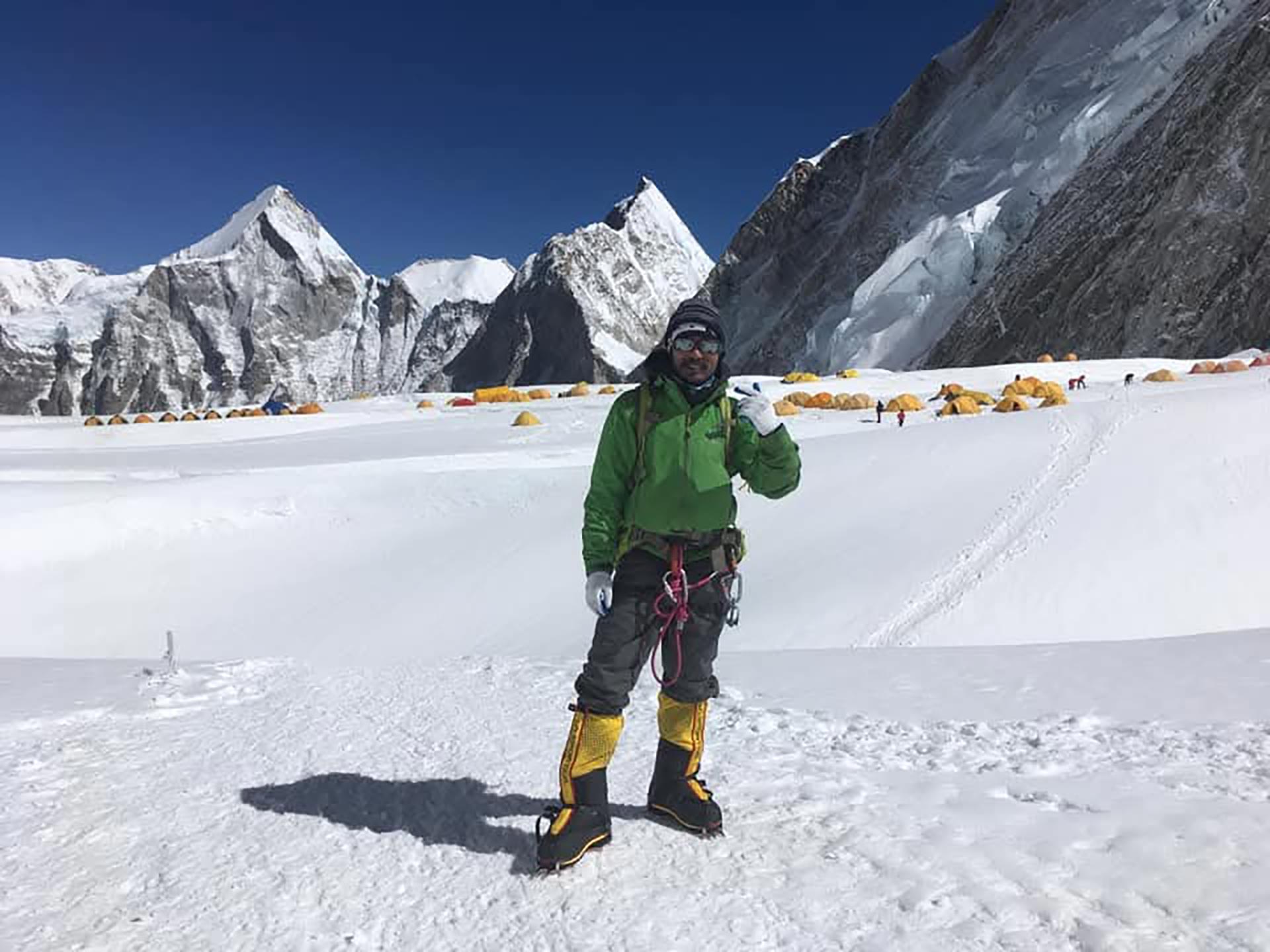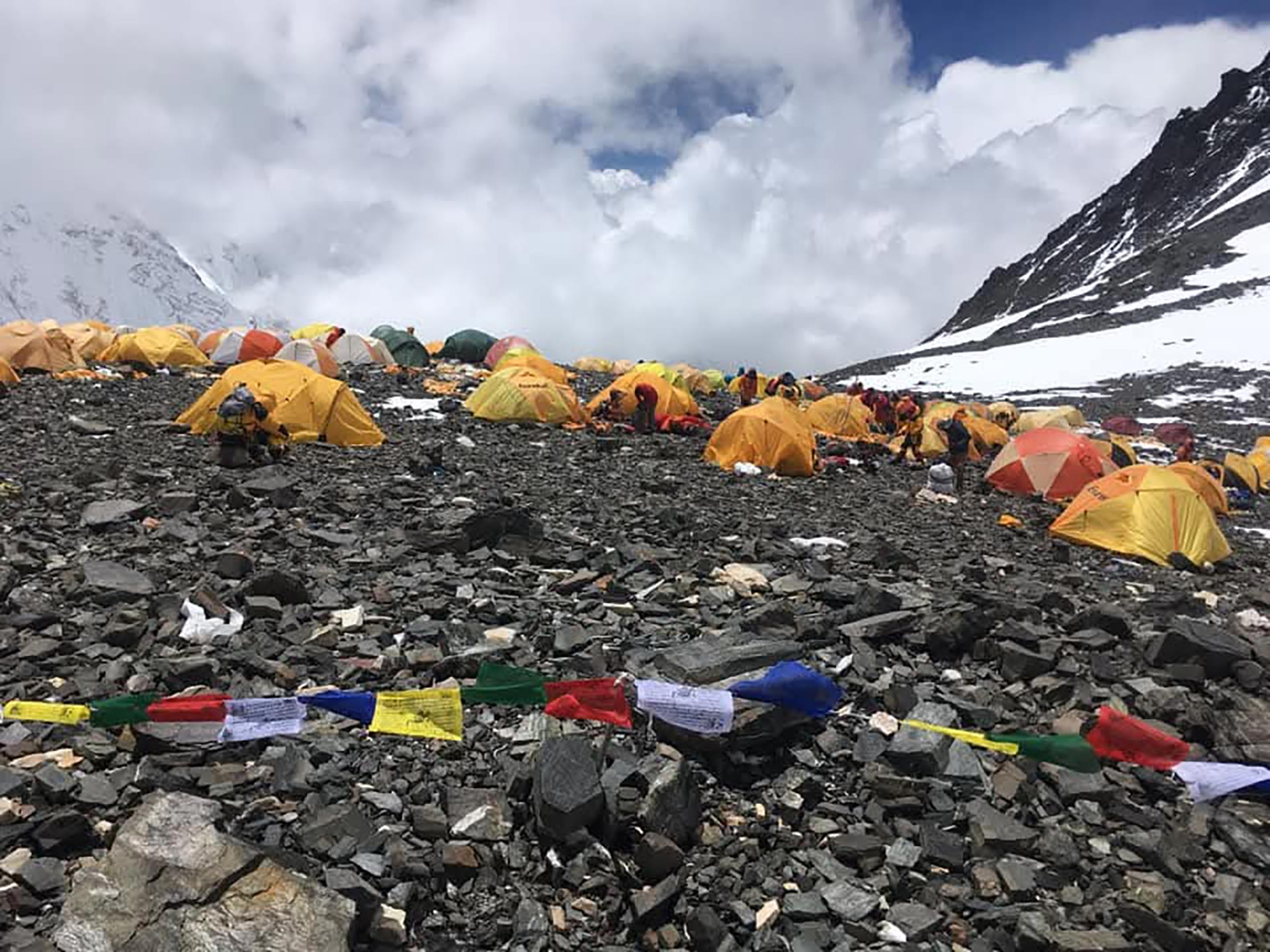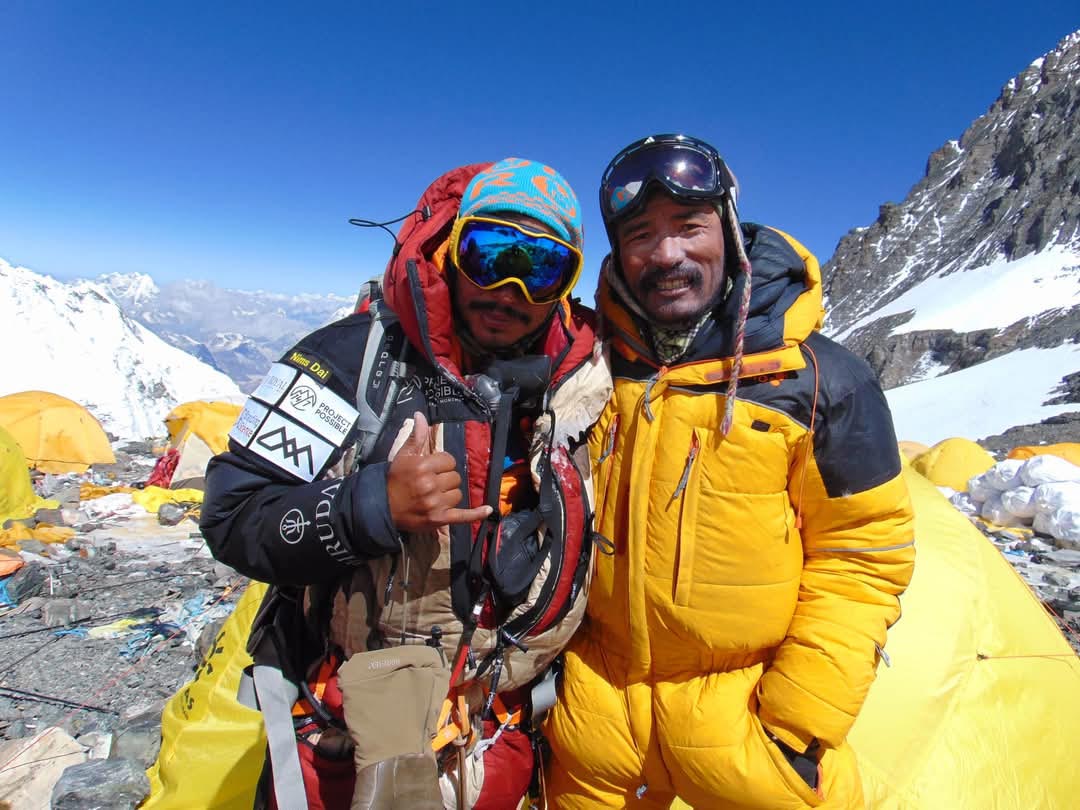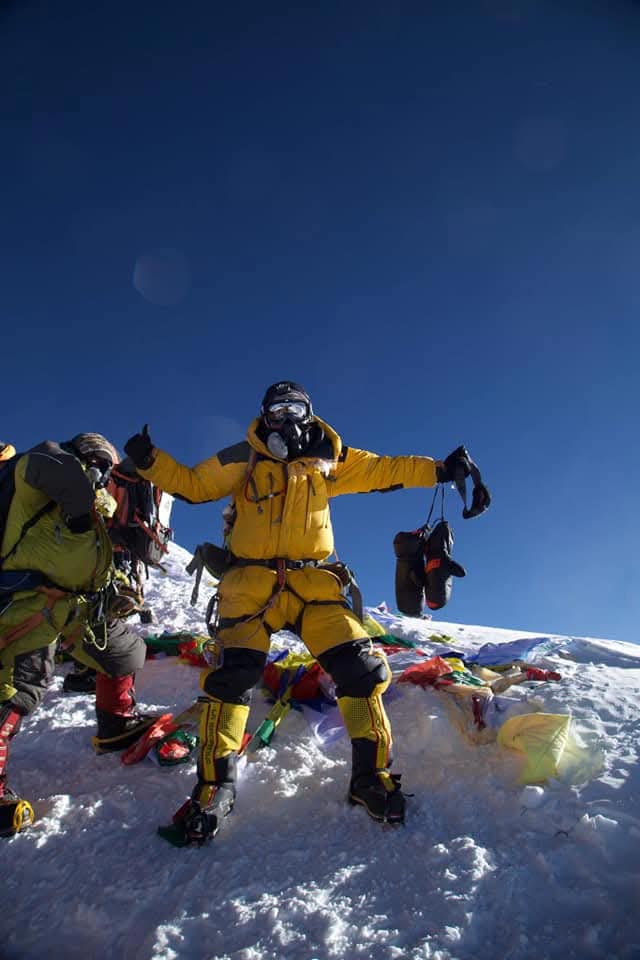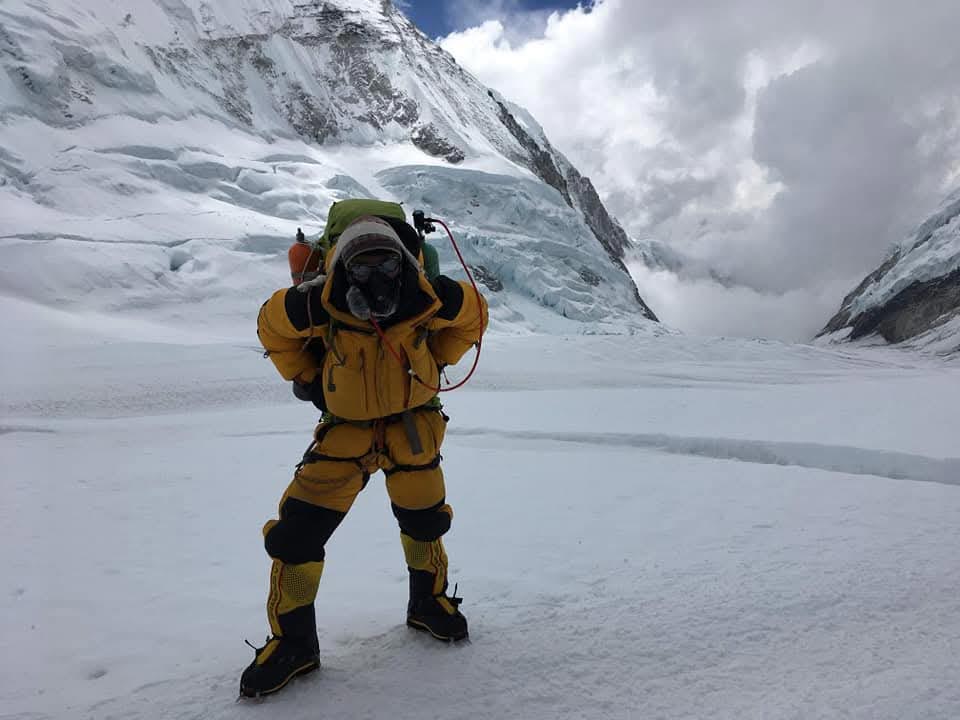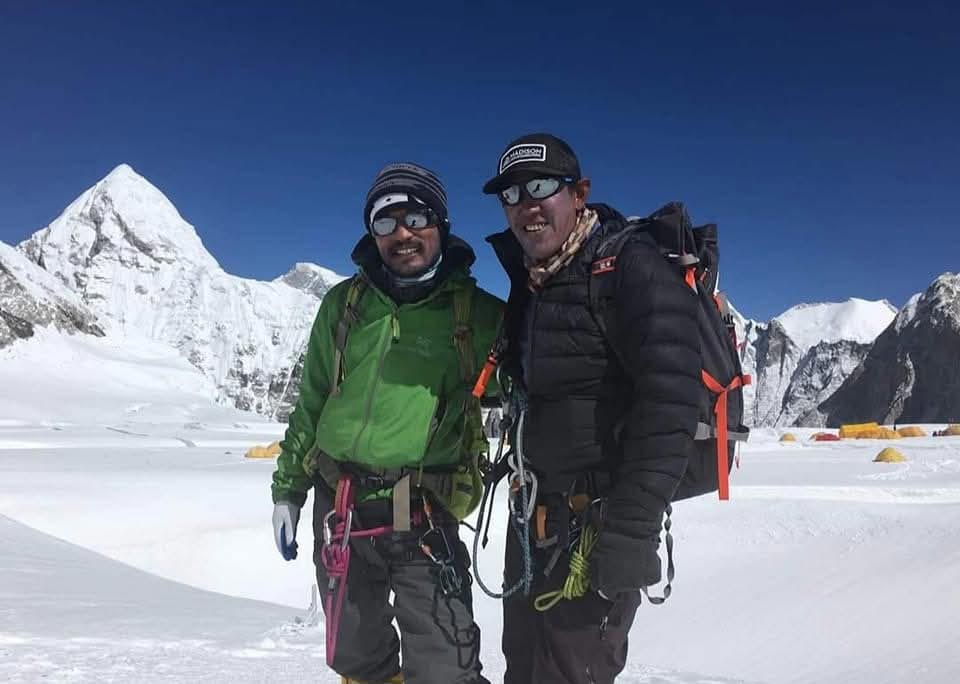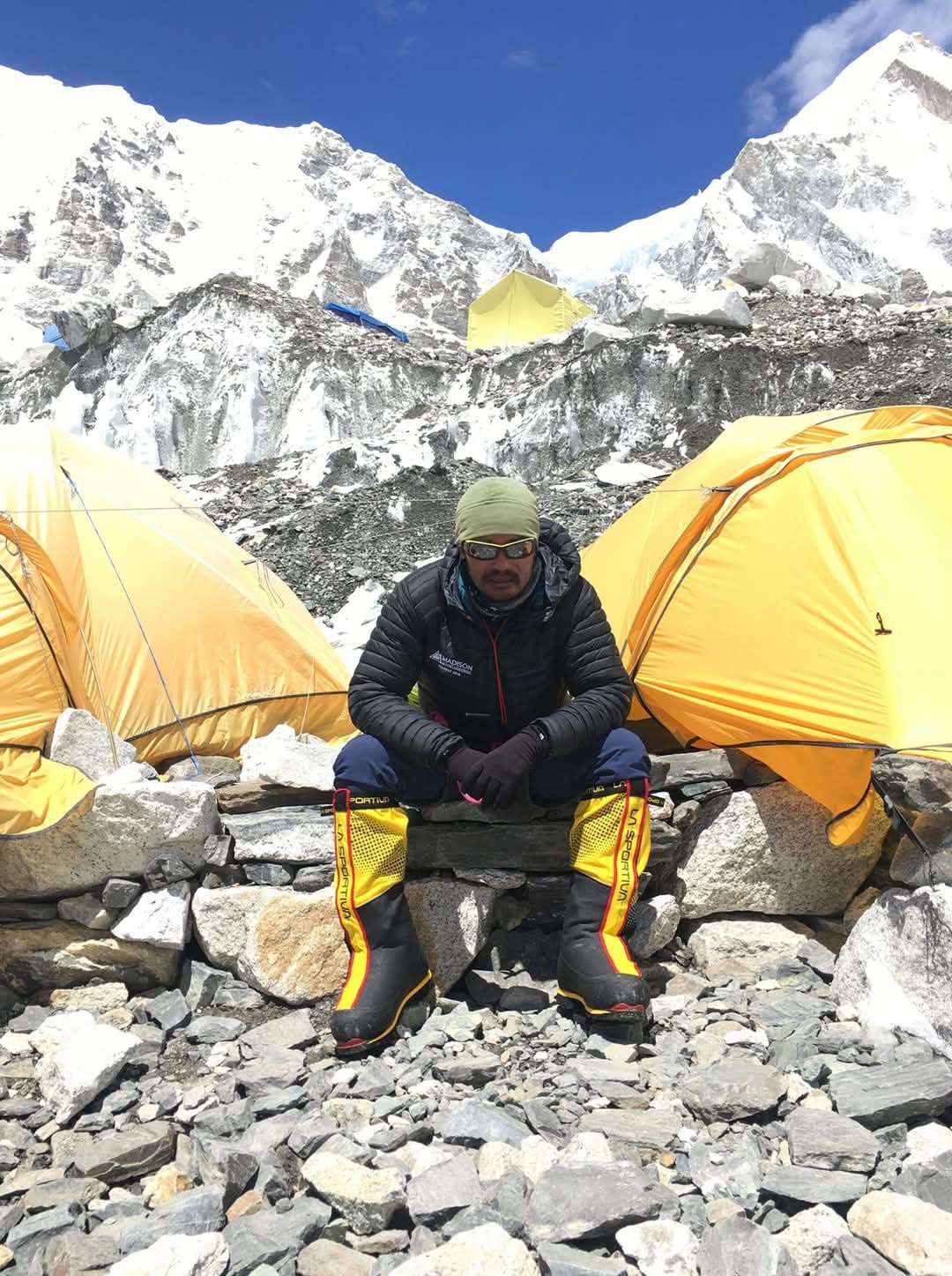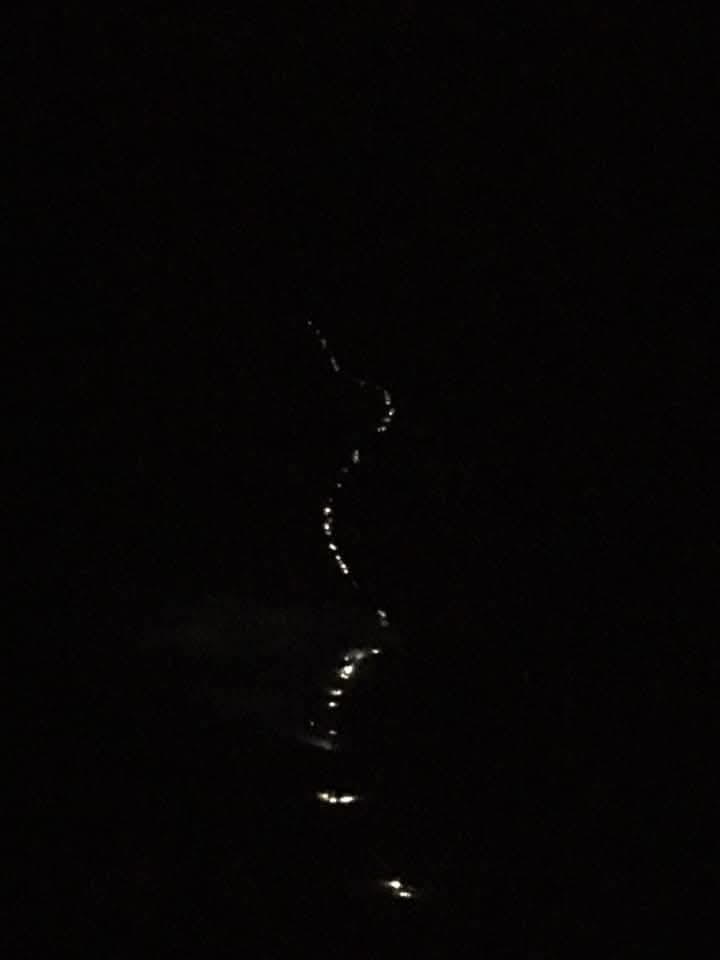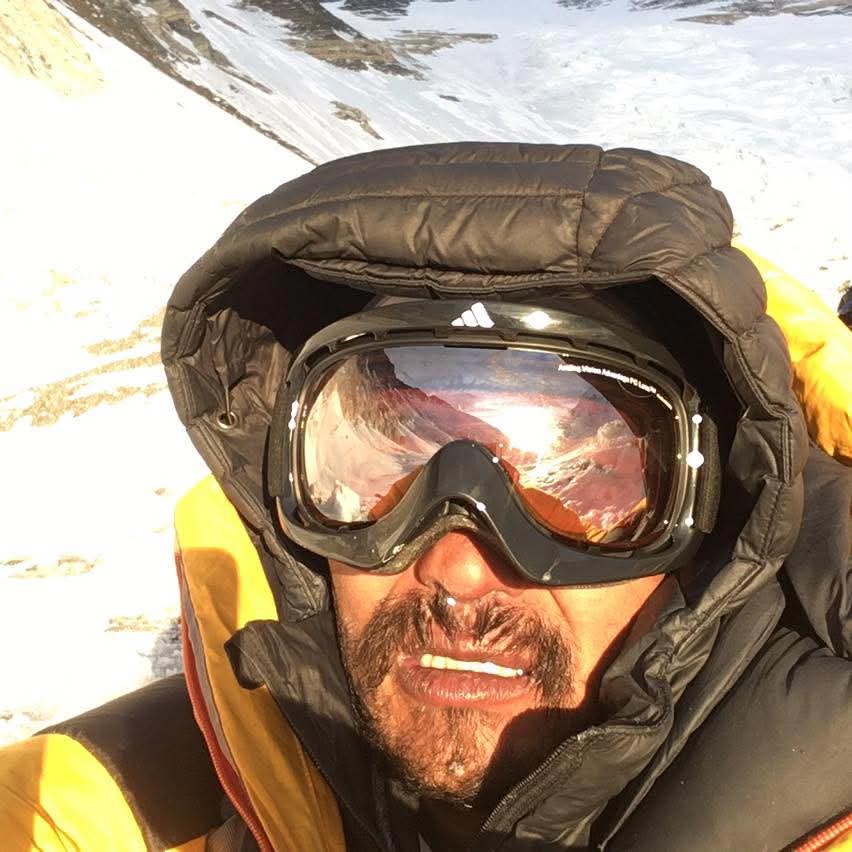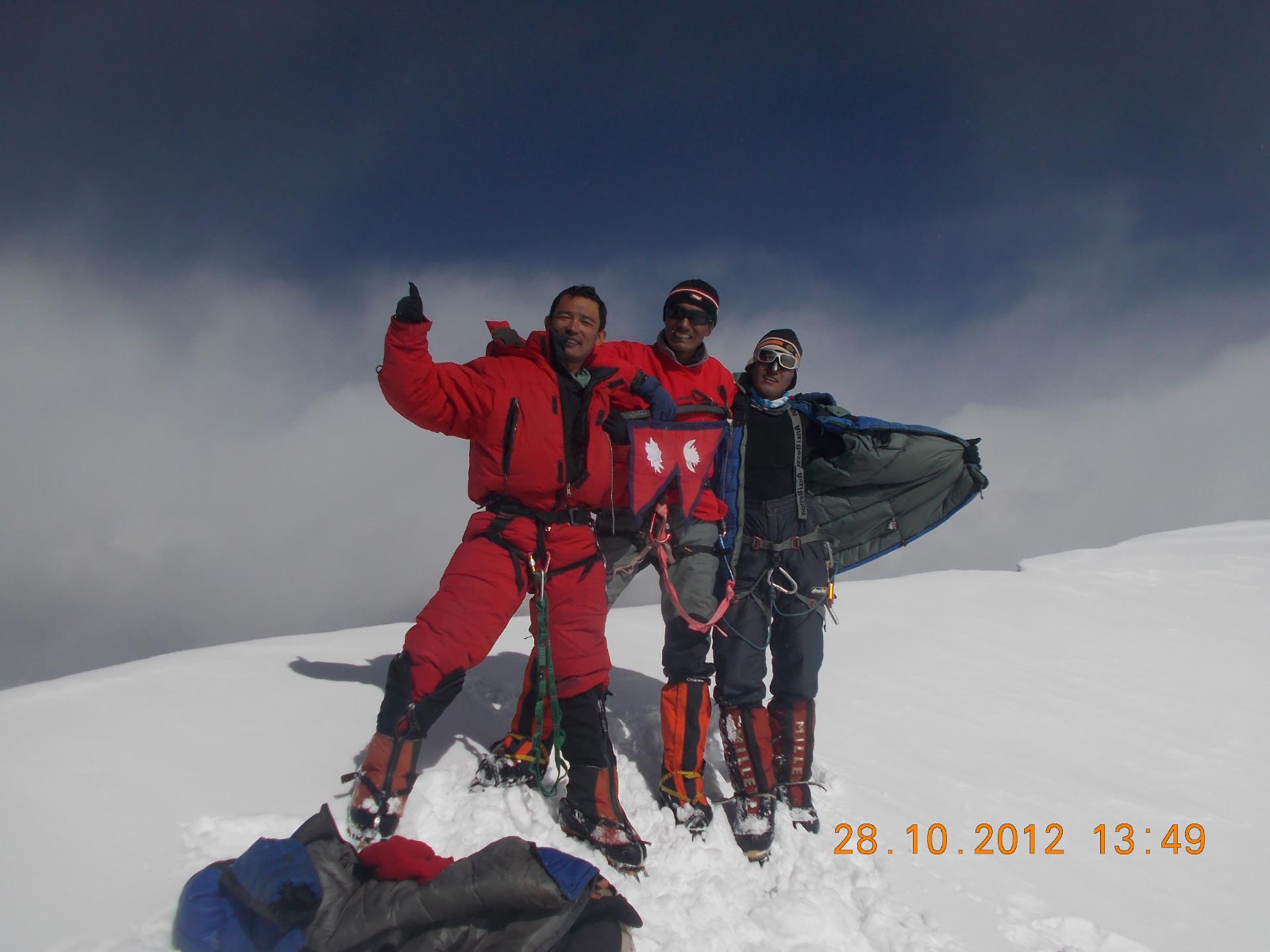Mt. Everest 8848.86m
The Mt. Everest Expedition is a challenging and prestigious mountaineering journey that involves climbing to the highest point on Earth. It is a demanding experience, typically requiring several weeks to months of preparation, acclimatization, and actual climbing.
- Objective: To summit Mount Everest, which stands at 8,848 meters (29,029 feet) above sea level.
- Duration: Typically 60-70 days, depending on weather conditions and individual climber capabilities.
- Starting Point: Lukla, Nepal (flight from Kathmandu).
- Climbing Route: The most common route is the South Col route from Nepal, which involves trekking to Base Camp, followed by acclimatization and summit attempts via the South Col and Hillary Step.
- Climbing Difficulty: Extreme high-altitude climbing with technical challenges and risks such as avalanches, crevasses, and severe weather conditions.
- Altitude: Climbers go through several camps before reaching the summit, including Base Camp (5,364m), Camp I (6,065m), Camp II (6,500m), Camp III (7,470m), and Camp IV (7,950m).
Difficulty Level
Hard
Best Season
April-May
Duration
59 Days
Elevation
8,848.86m
Group Size
1-8 Pax
Trip Type
Group Package
2025
Group Package
- Departs from Kathmandu, Nepal
Overview
- Trekking to Everest Base Camp: The journey begins with a scenic trek from Lukla to Base Camp through the Khumbu Valley, offering stunning views of other peaks like Lhotse and Ama Dablam.
- Base Camp Experience: Staying in the base camp with the opportunity to interact with fellow climbers and Sherpas. The vibrant atmosphere, with mountaineers from around the world preparing for their summit attempts, is an unforgettable experience.
- Acclimatization: Climbers will spend several days in Base Camp, followed by ascending to higher camps and descending to Base Camp to acclimatize to the high altitude.
- Summit Push: The most challenging part of the expedition, with climbers pushing for the summit through the South Col, Hillary Step, and the final push to the summit at 8,848 meters.
- Stunning Views: Spectacular views of the Himalayan mountain range, including surrounding peaks like Lhotse, Makalu, and Cho Oyu, as well as panoramic vistas from the summit.
- Cultural Immersion: Visit to the Sherpa villages, monasteries, and the rich cultural heritage of the Khumbu region.
Itinerary
Day
Arrival in Kathmandu
Arrive in Kathmandu, Nepal. Briefing and preparation for the trek. Final checks of gear and permits.
Expedition Preparation in Kathmandu
Activities:
Finalize equipment and meet the expedition team.
Overnight: Hotel in Kathmandu.
Fly to Lukla (2,840m) and Trek to Phakding
35-minute scenic flight to Lukla.
Begin the trek through forests and villages to Phakding (3–4 hours).
Trek to Namche Bazaar
Trek 5–6 hours along the Dudh Koshi River. Enter Sagarmatha National Park at Monjo. Steep ascent to Namche Bazaar, a Sherpa hub.
Acclimatization in Namche Bazaar
Hike to Syangboche (3,780m) or Everest View Hotel for acclimatization.
Explore Namche’s markets and Sherpa Museum.
Trek to Tengboche
5–6 hours trek through rhododendron forests.
Visit Tengboche Monastery, a spiritual hub for climbers.
Trek to Dingboche
5–6 hours trek, passing Pangboche village.
Reach Dingboche with views of Ama Dablam, Lhotse, and Nuptse.
Acclimatization in Dingboche
Hike to Nagarjun Hill (5,100m) to enhance acclimatization.
Rest and prepare for higher altitudes.
Trek to Lobuche
5–6 hours trek through the Khumbu Glacier moraine.
Pay respects at memorials for fallen climbers.
rek to Everest Base Camp
7–8 hours trek via Gorakshep (5,164m).
Settle into Base Camp, the expedition hub.
Rest and Training at Base Camp
Acclimatization hikes around Base Camp.
Technical training: ladder crossings, ropework, ice climbing.
Rest and prepare for higher camps.
Rotation Cycle 1
Day 15: Climb through Khumbu Icefall to Camp 1 (6,065m).
Day 16: Stay at Camp 1 for acclimatization.
Day 17: Trek to Camp 2 (6,400m).
Day 18: Acclimatize at Camp 2.
Day 19: Return to Base Camp.
Days 20–22: Rest at Base Camp.
Rotation Cycle 2
Route:
Day 23: Climb to Camp 1 and proceed to Camp 2.
Day 24: Stay at Camp 2 and acclimatize.
Day 25: Climb to Camp 3 (7,100m) on the Lhotse Face.
Day 26: Stay at Camp 3 for acclimatization.
Day 27: Descend to Camp 2.
Day 28: Return to Base Camp.
Days 29–31: Rest and prepare for the summit push.
Extended Rest Period
Recovery at Base Camp or optional trek to lower altitudes (e.g., Pangboche).
Weather monitoring for the summit window.
Summit Push
Route to the Summit:
Day 41: Base Camp → Camp 2 (6,400m).
Day 42: Rest and prepare at Camp 2.
Day 43: Camp 2 → Camp 3 (7,100m).
Day 44: Camp 3 → Camp 4 (7,920m) at the South Col.
Day 45: Summit Day (8,848.86m) → Return to Camp 4.
Push to the summit begins around midnight for a morning summit.
Day 46: Descend to Camp 2.
Day 47: Return to Base Camp.
Clean-up at Base Camp
Pack up gear and ensure Base Camp is left clean.
Celebration with the climbing team.
Trek to Lukla
Base Camp → Lobuche → Pangboche → Namche Bazaar → Lukla.
Fly to Kathmandu
Flight from Lukla to Kathmandu. Rest and farewell dinner.
Departure from Kathmandu
Airport transfer for your international flight.
Inclusions and Exclusions
- Expedition Permit and Climbing Permit: All necessary permits for Everest climb.
- Experienced Sherpas and Guides: Professional guides and Sherpas, with extensive experience in Everest expeditions.
- Accommodation: Lodging in tea houses during the trek and tents at higher camps.
- Meals: All meals during the trek and at Base Camp, including snacks and high-altitude food.
- Transportation: Kathmandu to Lukla flight and return, ground transportation in Nepal.
- Climbing Gear: High-altitude tents, cooking gear, ropes, oxygen supplies, and other equipment necessary for the expedition.
- Insurance: Emergency evacuation insurance, high-altitude medical coverage, and necessary trekking insurance.
- Medical Support: Access to medical facilities and oxygen if necessary during the ascent.
- Base Camp Support: Full support at Base Camp, including porters and chefs.
- International Flights: Flights to and from Kathmandu.
- Personal Gear: Climbers are responsible for their own personal gear, including clothing, boots, sleeping bags, etc.
- Meals in Kathmandu: Meals outside of the trekking period, particularly in Kathmandu, are not included.
- Personal Expenses: Souvenirs, extra drinks, or any personal expenditures.
- Tips for Guides and Sherpas: Tipping is customary but not included in the cost.
- Summit Bonus: Climbing Staff
- Visa Fees: The cost of Nepal visa (usually around USD 30 for 15 days, extendable).
- Rescue Costs: Costs of rescue (if needed) beyond the included evacuation insurance.
Cost Details
-
1-3 Per Pax
USD: $50000
-
3-8 Per Pax
USD: $45000
Payment Details
Payment Policy
Payment and Cancellation Policy
The Lift Himalaya Treks and Expedition Pvt. Ltd.
At The Lift Himalaya Treks and Expedition Pvt. Ltd., we strive to provide a seamless and enjoyable experience for all our clients. To ensure clarity and mutual understanding, please review our payment and cancellation policies below:
Deposit Requirement:
A 50% deposit of the total package cost is required at the time of booking to secure your reservation. Full payment details will be provided during the booking process.
Cancellation Policy:
- Cancellations made more than 60 days before the trek start date: A 30% fee will be deducted from your deposit to cover international banking fees and administrative charges.
- Cancellations made less than 60 days before the trek start date: 50% of the total package cost will be refunded.
- If the full package cost has already been paid, 70% of the deposit will be refunded. Refunds will be processed within 90 days of cancellation.
Refund Processing:
Refunds will be issued via the original payment method. Please note that depending on your bank’s processing times, it may take up to 90 days for the refund to appear in your account.
Force Majeure and Special Circumstances:
In cases of force majeure (such as natural disasters, political instability, or other unforeseen events), special terms may apply. Refunds in such cases will be handled on an individual basis.
By booking with The Lift Himalaya Treks and Expedition Pvt. Ltd., you acknowledge and agree to these terms and conditions. We appreciate your understanding and look forward to being part of your adventure.
